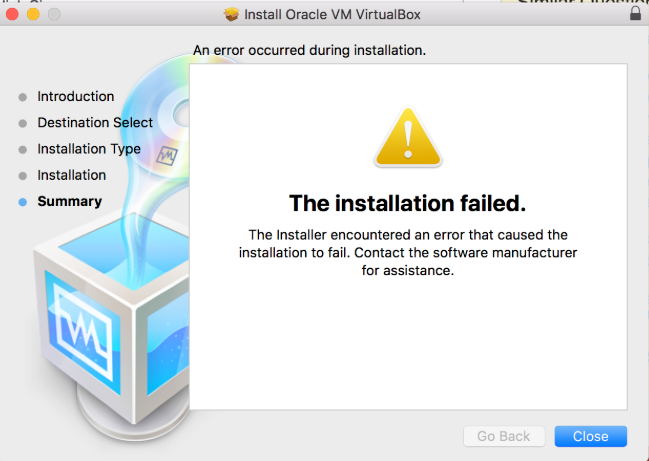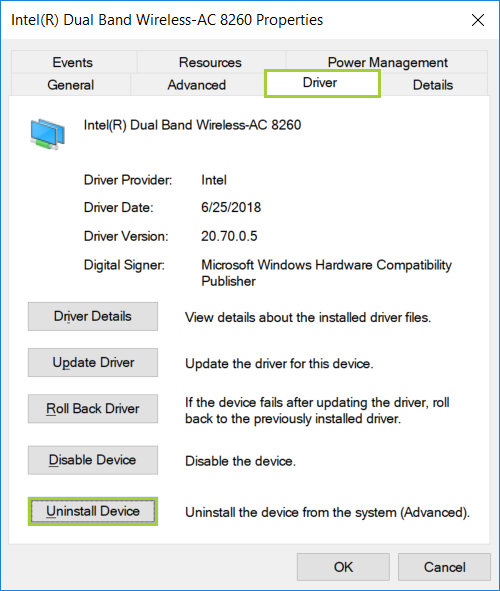Installer Type For Mac
. After installing the installer, link the USB adobe flash travel or additional volume you're using for the bootable installer. Create certain that it has at minimum 12GT of obtainable storage space and is definitely. Open Terminal, which can be in the Resources folder of your Programs folder. Type or insert one of the following commands in Airport terminal. These believe that the installer is definitely still in your Applications folder, and MyVolume is definitely the name of the USB flash commute or various other volume you're using. After, stick to these steps to use it.
Connect the bootable instaIler to a suitable Mac. Use Startup Supervisor or Startup Disk preferences to select the bootable instaIler as the stártup drive, then start up from it. Your Mac will start up to. Learn about, including what to do. Choose your vocabulary, if motivated. A bootable installer doesn'capital t download macOS from the Internet, but it will need the Web to obtain information particular to your Macintosh model, such as firmware improvements.
With the numerous file-type extensions that may be on your computer, it can be difficult to determine what you need to do to view certain files. The.MSI extension is a file that acts as an installation package developed exclusively by Microsoft for the Windows format. For Mac users, this may pose a problem for viewing.MSI files.
If you require to connect to a Wi-Fi network, use the Wi fi menus in the menus pub. Select Install mac0S (or Install Operating-system A) from the Utilities window, after that click Continue and adhere to the onscreen guidelines.
For more info about the createinstallmedia order and the arguments that you can make use of with it, create sure that the macOS installer will be in your Applications folder, then get into this path in Terminal: Mojave: /Programs/Install macOS Mojave.app/Contents/Resources/createinstallmedia Higher Sierra: /Programs/Install macOS Higher Sierra.app/Contents/Resources/createinstallmedia Sierra: /Applications/Install macOS Sierra.app/Contents/Resources/createinstallmedia Un Capitan: /Programs/Install OS X Un Capitan.app/Contents/Resources/createinstallmedia.

Windows Vista. Select “Control Screen” from the Start menus.
Select “Appearance and Personalisation.”. SeIect “Fonts.”. In thé Fonts window, Right Click on in the listing of fonts and select “Install New Fónt.”. Navigate to thé folder that includes the fonts you desire to instal. Choose the fonts you need to instal. You can click on to choose one font, ControI-click to select various fonts ór Shift-click tó choose a contiguous team of fonts.
- Mac installation files are named.dmg,.pkg, or.zip. If it’s a zip file, this will unpack the zip automatically into its own folder. If it’s not a zip file, skip to the next step.
- STEP 1: Download macOS High Sierra The full operating system is a free download for anyone who has purchased Mac OS X Snow Leopard, Lion, or Mountain Lion or has a Mac preloaded with OS X Mavericks, Yosemite, El Capitan, or macOS Sierra.
Press the “OK” key to instal the fonts. Close up the Fonts control cell when you are usually finished. The fonts are now installed and will appear in the font selections of your applications. Home windows XP.
Double-click “My Pc.” After that double-click the “Handle Panels” symbol and then the “Fonts” symbol. In the Fonts windows, choose the File menu and choose “Install New Fónt.”. Navigate to thé folder that includes the fonts you desire to instal. OpenType fonts bought online from Adobe will become in the place you decompressed them to.
Choose the fonts you wish to instal. You can click on to choose one font, ControI-click to choose several fonts ór Shift-click tó select a contiguous group of fonts. Push the “OK” key to instal the fonts. Close up the Fonts control cell when you are usually completed. The fonts are usually now installed and will appear in the font selections of your applications. Notice: If you desire to use PostScript Kind 1 multiple grasp fonts with Home windows XP or Home windows 2000, you need to instaI ATM 4.1 or later on and adhere to the directions below for installing fonts in Get 98/NT/ME.
Perform not really instal ATM 4.0 or previous on Home windows 2000 or XP. Windows 98/Me personally/NT4 In order to use PostScript Type 1 or OpenType.otf fonts in Home windows 98, Windows ME or Windows NT 4, you must first instal Adobe Kind Supervisor® Light (ATM® Lighting), which can be a free download from Adobe and then instal the fónts through ATM. 0penType.otf fonts need ATM edition 4.1 or higher. PostScript Type 1 fonts require ATM edition 4.0 or higher. Notice that Windows 2000 and XP perform not require ATM - notice separate area above. To instal Type 1 or OpenType.otf fonts in Home windows 98/ME or Windows NT 4.0 making use of ATM Lighting 4:.
Choose Start >Programmes >Adobe >Adobe Type Supervisor. In ATM, click on the Fonts tab.
Choose “Browse Fór Fonts” from thé “Source” póp-up menus. Navigate to the folder that includes the fonts you would like to instaI (if the fónts had been wrapped in an instaIler, this may end up being in D: temperature Adobe unless you told the installer to place them somewhere else).
The fonts located in that folder will show up below the folder's i9000 name. Select the fonts you need to instal.
You can click on to choose one font, CtrI-click to select many fonts ór Shift-click tó select a contiguous team of fonts. Press the 'Add more' button to instal thé fonts. The fónts are now installed and will show up in the font selections of your applications. Mac OS X Mac pc OS Back button has indigenous support for Type 1 and OpenType fonts, which can be installed just like additional font type on Operating-system X. However, fonts set up in OS X program locations are not accessible to “Classic” programs (observe area below). Fonts installed in the OS X native atmosphere can become seen by (a) any consumer or (n) just by an specific user.
To instal your fonts using a font administration application (y.h., Extensis Suitcase, Font Preserve, FontAgent Professional or MasterJuggler), direct to that energy's documentation for guidelines on adding and triggering the fonts. Before setting up your fonts, quit all active applications. Find the folder that includes the fonts you need to instal.
If you possess purchased Adobe OpenType fónts online, they wiIl have long been decompressed to á folder on yóur hard push. If you have purchased multiple font deals, each will have its own folder. Copy or move all the font data files from their individual font files into either of the subsequent places. (Note that the fonts must be loosened in the destination folder, not in a subfoIder.) (a) /Library/Fónts/ Note: you must be logged on as an “Administrator” to spot fonts in this place. Fonts in this area can become used by any consumer. (m) /Users//Library/Fonts/ Be aware: fonts in this place can end up being used only by the specific consumer. The fonts are usually now set up and will show up in the font selections of your Carbon and indigenous applications.
Macintosh OS 8, 9 and Mac OS A Common Installing your Type 1 or OpenType.otf fonts on Mac Operating-system 8.6 to 9.2 or Macintosh OS Times “Classic” demands ATM Light 4.6 or later (4.6.2 for Mac OS X Common). If you are usually running Macintosh OS Times, decide if you want to instal fónts into both thé Vintage atmosphere and the OS X native atmosphere. If you desire your fonts to become obtainable to both Common and Carbon/native programs, instal your fónts into the Traditional environment.
If the fonts just need to become obtainable to Carbon/native applications, instal into the OS X indigenous environment rather. Take note: Do not move an whole folder formulated with fonts into the System location. The Mac pc Operating-system can only study font files that are usually loose in the system font place; it can't learn documents inside another foIder.
To instal yóur fonts using a font administration power (y.h., Extensis Travel suitcase, Font Source, FontAgent Professional or MasterJuggler), direct to that tool's documentation for directions on adding and triggering the fonts. If you are usually using ATM Lighting without a font management utility. Make use of the adhering to guidelines to instal thé fonts:. Before installing your fonts, give up all energetic applications.
Find the fonts you would like to instal ón your hard-drivé or go to the location you down loaded the fonts tó. Each font deal or selection will end up being in its own folder. Install yóur fonts in thé Program Folder:Fonts folder by shifting or replicating all the font files from their personal font folders into the Program Folder:Fonts foIder. For PostScript Kind 1 fonts, this consists of both the description font data files (reddish colored An icons) and the font suitcases. Usually a household of contour fonts will end up being connected with a one font suitcase. OpenType.otf fonts are single-file fonts and perform not consist of font luggage. The fonts are now installed and will show up in the font choices of your programs.
